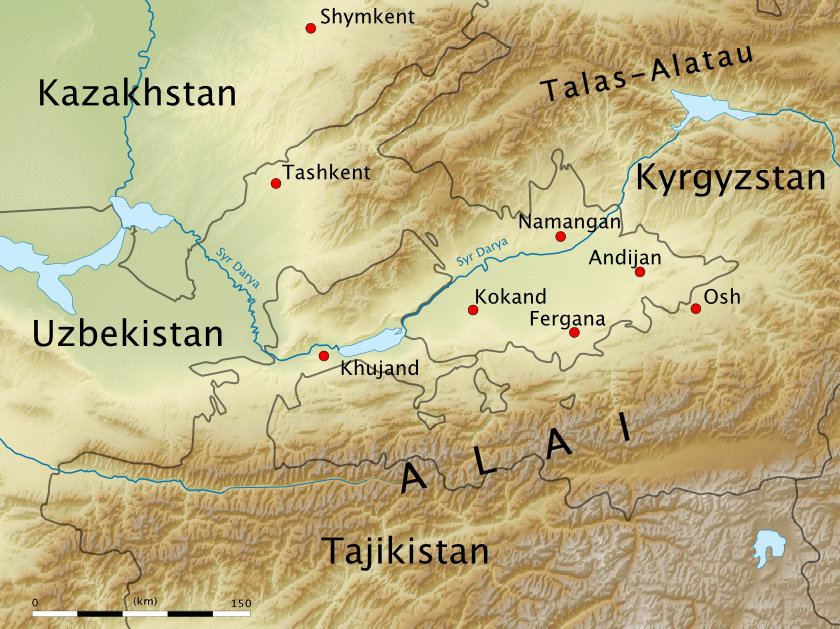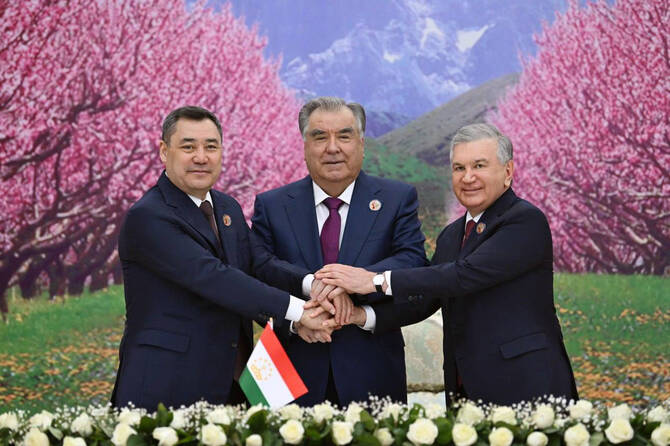RIYADH: Saudi Arabia on Tuesday welcomed the border deal forged between Kyrgyzstan, Tajikistan and Uzbekistan on the Fergana Valley, a long-disputed region that has ignited bloody clashes.
In a statement issued by the Saudi Ministry of Foreign Affairs, the Kingdom also congratulated the three Central Asian neighbors for signing a Khujand Declaration on Eternal Friendship, wishing them “continued stability and prosperity.”

Saudi Arabia has maintained deep ties with Central Asian countries, even hosting the GCC Central Asian Investment Forum 2024 in May last year.
The border deal signed on Monday by presidents Emomali Rakhmon of Tajikistan, Shavkat Mirziyoyev of Uzbekistan and Sadyr Japarov Kyrgyzstan, formalized the point where their countries’ borders meet in the mountainous valley.
The densely populated region has been the scene of numerous conflicts — mainly for control of water that is running out in a region badly hit by climate change.
The three leaders met several days before an EU-Central Asia summit in Uzbekistan. Relations between the former Soviet republics, long strained by rivalries, have warmed recently.

A map of the Fergana Valley. (Wikimedia Commons: Uwe Dedering)
Borders in Central Asia were often drawn up under the Soviet Union and never properly demarcated.
But in recent years, Central Asian countries have announced border agreements to regulate the sharing of water, facilitate trade and ensure the stability of this resource-rich region.
In the Tajik city of Khujand, the three presidents also called in similar statements for “reinforcing the cooperation between brotherly nations” — including in energy and transport.
The Tajik and Kyrgyz leaders also inaugurated a section of a joint high-voltage line to supply Pakistan and Afghanistan with energy produced by Central Asian hydroelectric power stations.
The summit follows the signing of border treaties in mid-March between Tajikistan and Kyrgyzstan, and between Kyrgyzstan and Uzbekistan in 2023.
(With AFP)

















